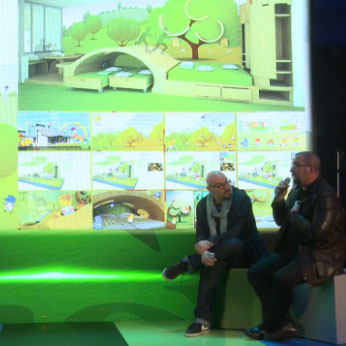“Osmosi” by Emmanuel Babled
The designer teams up with Italian craftsmen for a pairing of marble and glass
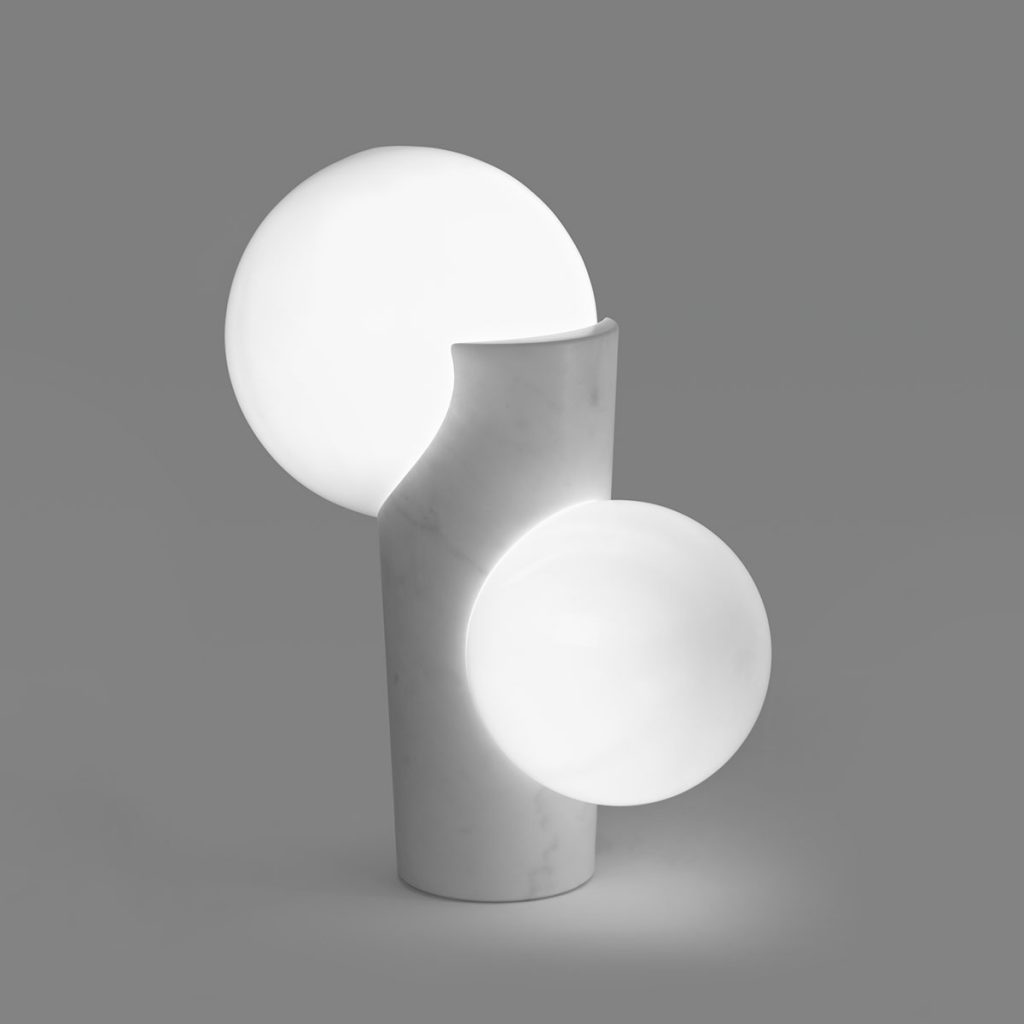
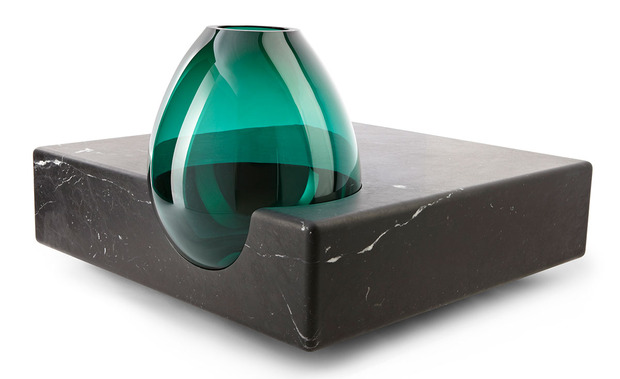
Some products own the rare ability to combine magic and technology, craftsmanship and digitalization, uniqueness and industrial processesbut Emmanuel Babled‘s latest project, called “Osmosi,” incorporates all of that. Babled’s pre-production research has two distinct directions: product and edition. While the first holds truer to a traditional approach in the design world, the latter is definitely experimental and often encourages his clients to raise the bar, test their limits and collaborate.
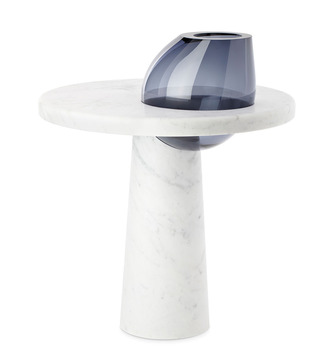

“Osmosi” was previewed during Milan Design Week and was unveiled in its entirety at the Venice Biennale. It’s the result of the joint efforts of Babled, stone-crafters at Testi Group and glassmakers from Venini. The objects are a blend of function (they can be used as lamp, vase, bench or table) and art (each piece is unique and not replicable).
The production process starts with glass-blowing as Venini artisans create colorful, thick bowls. The second step is 3D scanning, since the exact shape of the glassware is digitalized, then Computer Numerical Control (CNC) milled into marble by the Testi Group. The two parts now match each other perfectly and complementarily, to become one. The process and the outcome are intriguing, and we asked Babled about the project, and the relationship between art and industrial design.
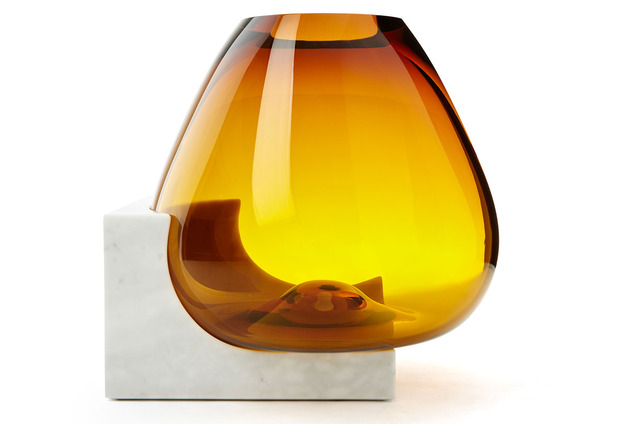
In your recent projects, different materialsalmost oppositeshave been combined. Can you tell us about that?
I follow various productive sectors with passion, and I’m interested to work on the synergies that digital media can generate in today’s production systems. “Osmosi” is our last production in this direction and plays on an atypical combination of two materialsglass and marblethrough the use of digital technology.
My studioas opposed to industrial products manufactured for large-scale distribution and therefore for a large audienceworks on much more rarefiedproduction, dealing with historical regional abilities. The creation of works of selective content production is destined to stimulate research in this field, and to give rise to a product of substantial quality for a demanding audience.
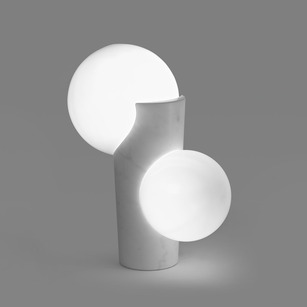

Great design often results from a direct collaboration between designers and artisans. What were the relationship dynamics for this project?
This relationship is crucial, both in the work of the master glassmakers, but also in arranging and connecting different knowledge. This is the case of “Osmosi” where the glassworks are first hand-blown, then we grab the resulting fluid forms digitally in order to create an equally unique and complementary marble. The result is an atypical “aesthetic vibration,” where the glass appears to have simply deleted marble. The materials perform together with a kind of spontaneity never seen before.
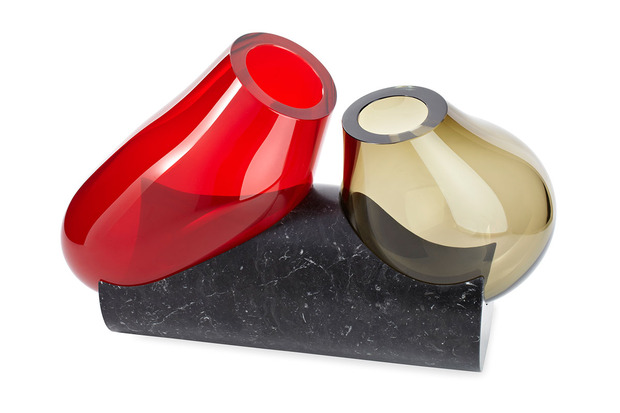
How do you view the future of Italian design?
The future of Italian design, understood as production ability, has the unique opportunity to have a significant expansion in this field. This happens due to the large diffusion of craftsmanship and the role of its historical artifacts, whose quality and credibility is undisputed worldwide. Credibility is a big advantage in the culture of information and allows designers to become successful candidates for the production of unique objects or “special production” items.
And the relationship between industrial design and art?
It’s a constant and complementary relationship. Artin its broadest senseis necessary for the development of industry and product. Industry itselfthanks to its processes and progressescan become the medium of reference for the artist.
Images courtesy of Emmanuel Babled


